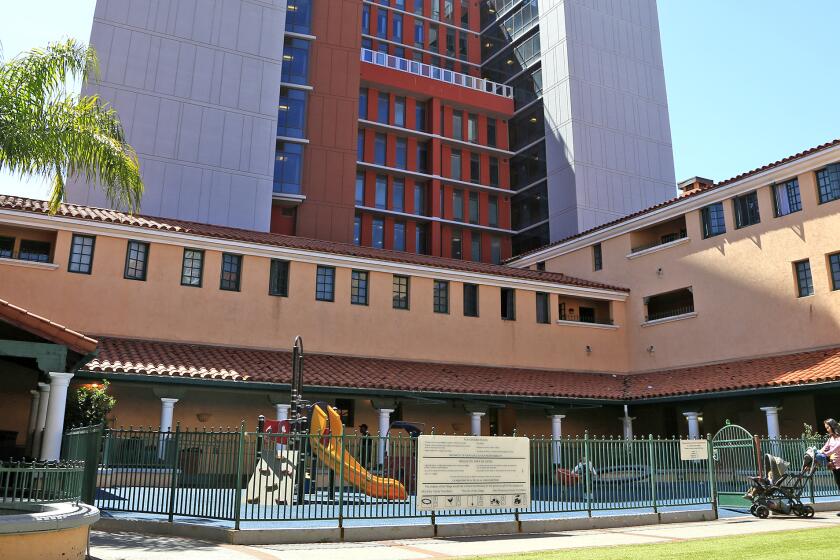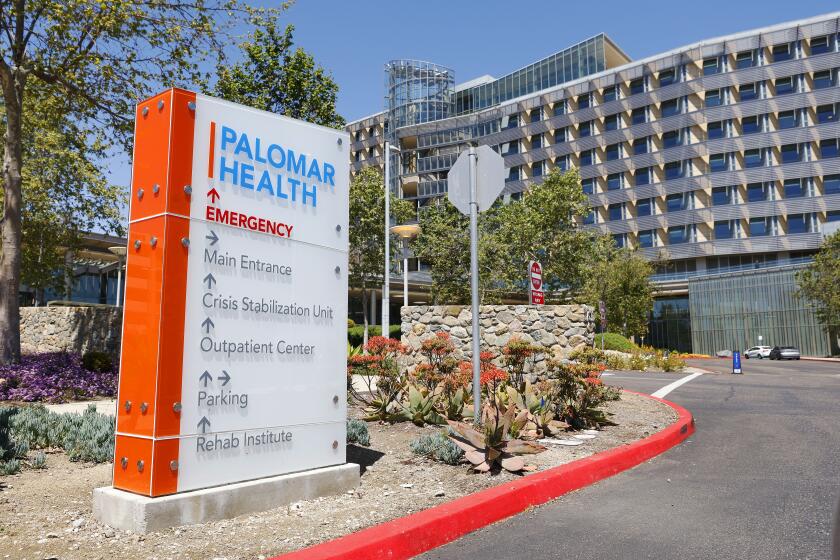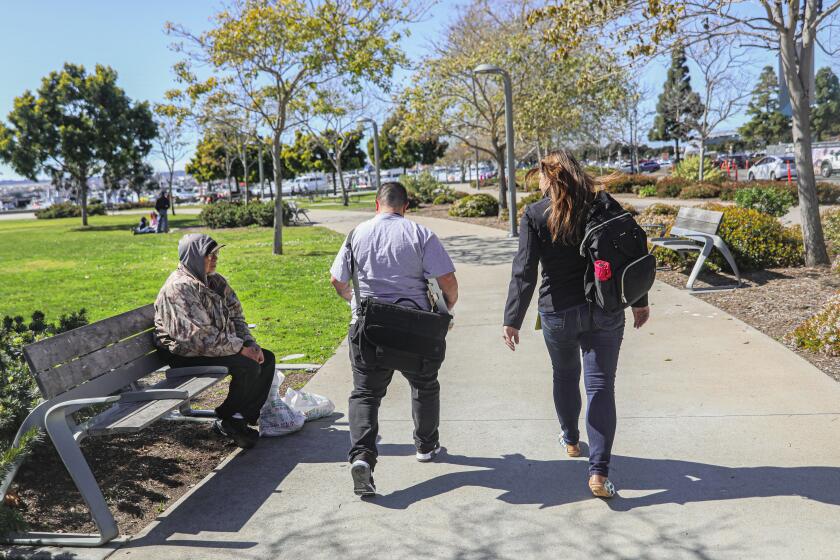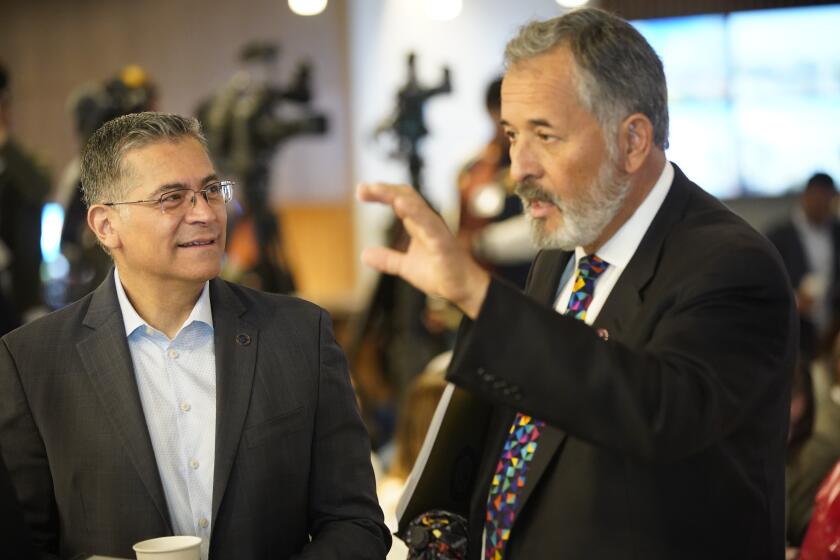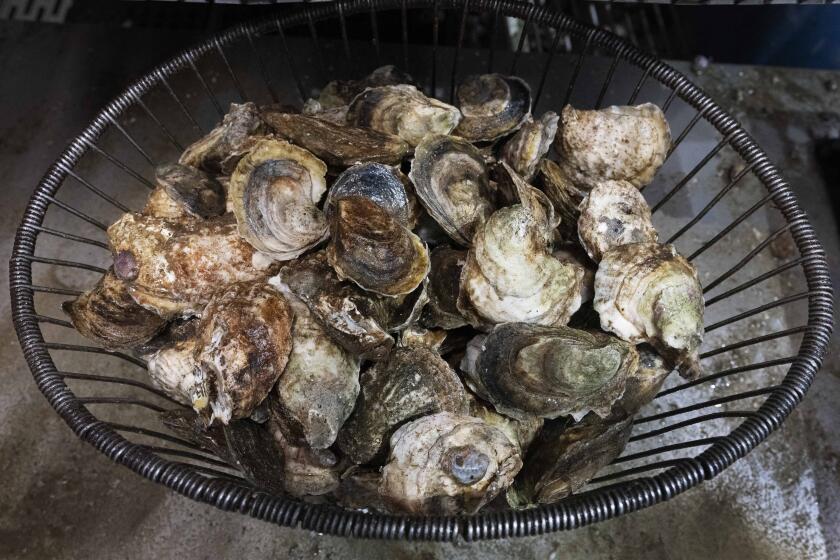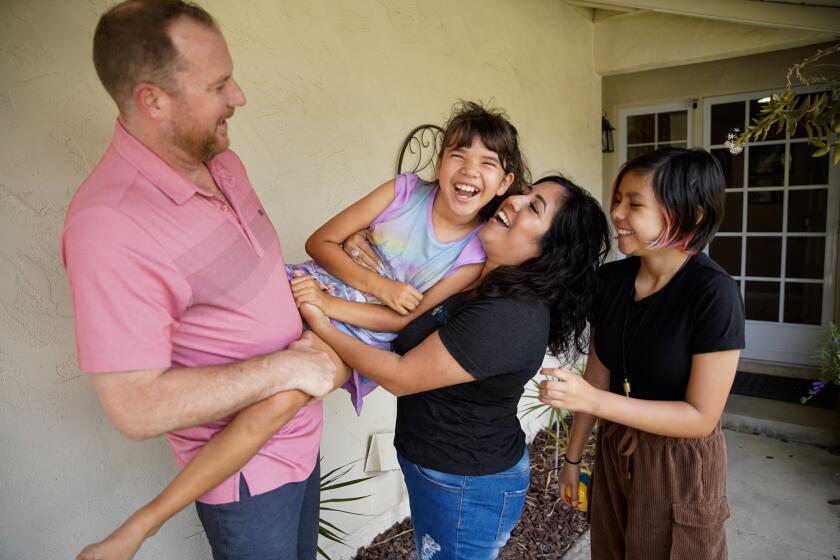Meningitis outbreak at SDSU appears stalled
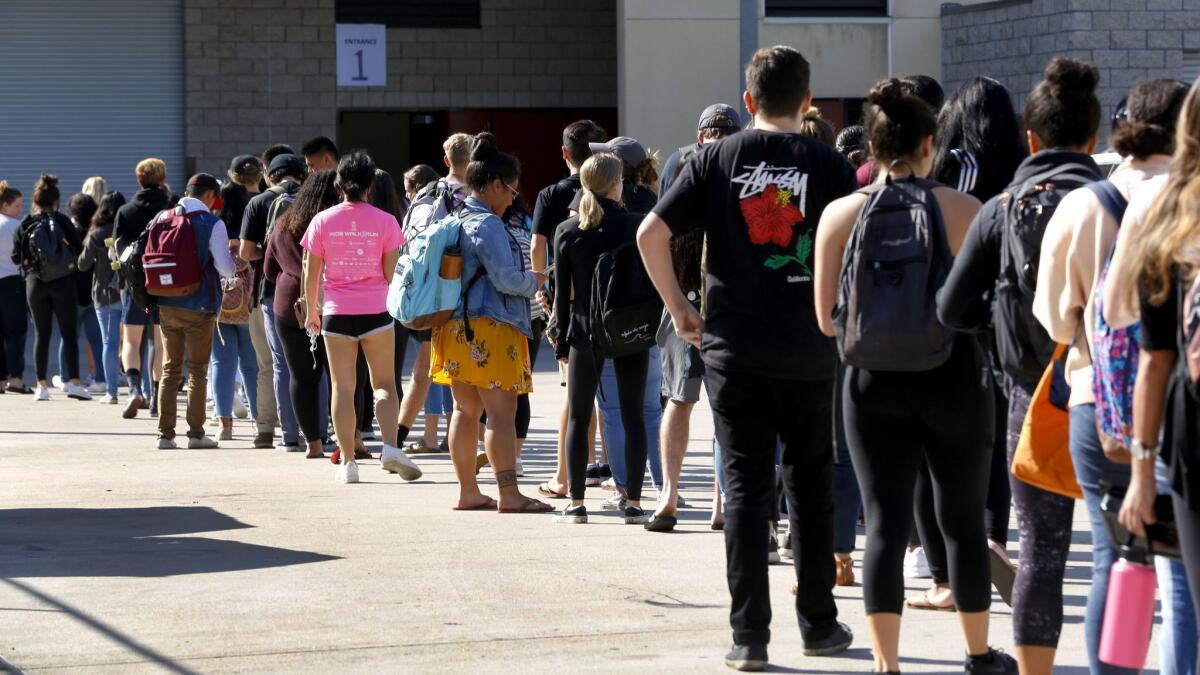
San Diego State University has not seen any more meningococcal disease cases since an outbreak was declared on Sept. 28, suggesting that an undergraduate-focused vaccination campaign on campus is doing its job.
Many of the SDSU students who stood in long vaccination lines on campus in late September and early October are returning to student health services to get their second doses as education and awareness efforts continue, said Andrea Dooley, the university’s associate vice president for student affairs.
“We are continuing to have the conversation about risk factors as we’re pushing out our second-dose campaign,” Dooley said.
It was the B type of the bacteria that causes meningococcal disease that caused the SDSU outbreak which hospitalized three students, one in June and two more in September. Dr. Wilma Wooten, the county’s public health officer, said Friday that subsequent genetic testing has shown that one of the cases was not linked to the other two.
But she added that, because 5 percent to 10 percent of people carry the bacteria that causes the disease, the U.S. Centers for Disease Control and Prevention does not recommend that she say the outbreak is over.
“The CDC recommends that we monitor for new cases for a full year, and that’s what we will do,” Wooten said.
Working together, the county and the university provided more than 7,500 doses of the meningococcal disease type B vaccine to undergraduates younger than age 24 who were determined to be at the greatest risk of infection.
The experience was especially confusing for parents and students, many of whom could see right there in their vaccination records that they had already been vaccinated against meningococcal disease.
“We definitely had families who had thought that their child had already been vaccinated when, in fact, they had received the quadrivalent vaccine,” Dooley said, referring to the vaccine that protects against types A,C,W and Y meningococcal disease-causing bacteria.
That four-type vaccine was added to the U.S. routine vaccination schedule for healthy adolescents and young adults in 2005. But Trumenba and Bexsero, two type B vaccines approved in 2014 and 2015, have not yet made it into the routine vaccination schedule.
Given what SDSU students, and those at several other universities, have recently experienced, the obvious question is why? Why didn’t vaccine companies simply add type B to the four-type vaccine that has been on the market for more than a decade? And why, given outbreaks on college campuses nationwide, hasn’t the government added type B vaccination to the routine vaccination schedule?
Taking the second question first, Dr. Mark Sawyer, a pediatric infectious disease specialist at Rady Children’s Hospital and a liaison to the national Advisory Committee on Immunization Practices, said numbers have kept such a recommendation from moving forward.
ACIP, he noted, recently reviewed the evidence to determine whether or not routine type B vaccination was warranted and ended up concluding that, while deadly, meningococcal disease is too rare for such a broad-based recommendation.
“The dilemma is this,” Sawyer said. “Does it make sense to immunize the entire population to prevent a rare disease? Of course, if you’re one of the very few people who do get sick, you will see this issue very differently than you do if you’re responsible for protecting the public good.”
Indeed, the most recent surveillance report from the CDC found that there were a total of 372 meningococcal disease cases nationwide in 2016 and 49 deaths. Just 130 of those cases, and 14 of the deaths, were caused by type B bacteria. By comparison, the CDC estimates that the flu kills between 12,000 and 56,000 people per year in the United States.
Why not add B in as a fifth strain? Well, that’s a great idea, but researchers have not yet figured out how to do so.
Immunologist and microbiologist “LJ” Tan, chief strategy officer of the Immunization Action Commission, a nonprofit supported by the CDC that advocates for vaccination nationwide, said that researchers have not yet perfected the protein-attachment process called conjugation for type B as they have for other variants, preventing all five from appearing in the same formulation side-by-side.
“A pentavalent vaccine is something that would be very useful, but men B has proven to be a tricky strain to work with. How we derive an immune response is different and the traditional way of making the first four strains hasn’t worked with B,” Tan said.
Correction: A previous version of this story omitted the associate designation from Andrea Dooley’s title. We apologize.
Health Playlist


Video: Leaders urge public to help extinguish hepatitis outbreak
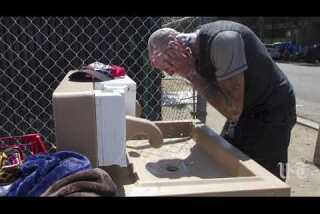
San Diego starts cleansing sidewalks, streets to combat hepatitis A

Video: Scripps to shutter its hospice service
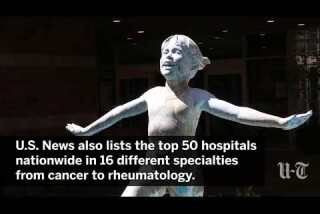
Video: Scripps La Jolla hospitals nab top local spot in annual hospital rankings
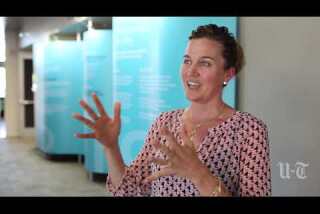
Video: Does a parent's Alzheimer's doom their children?

EpiPen recall expands

Kids can add years to your life
paul.sisson@sduniontribune.com
(619) 293-1850
Twitter: @paulsisson
Get Essential San Diego, weekday mornings
Get top headlines from the Union-Tribune in your inbox weekday mornings, including top news, local, sports, business, entertainment and opinion.
You may occasionally receive promotional content from the San Diego Union-Tribune.

